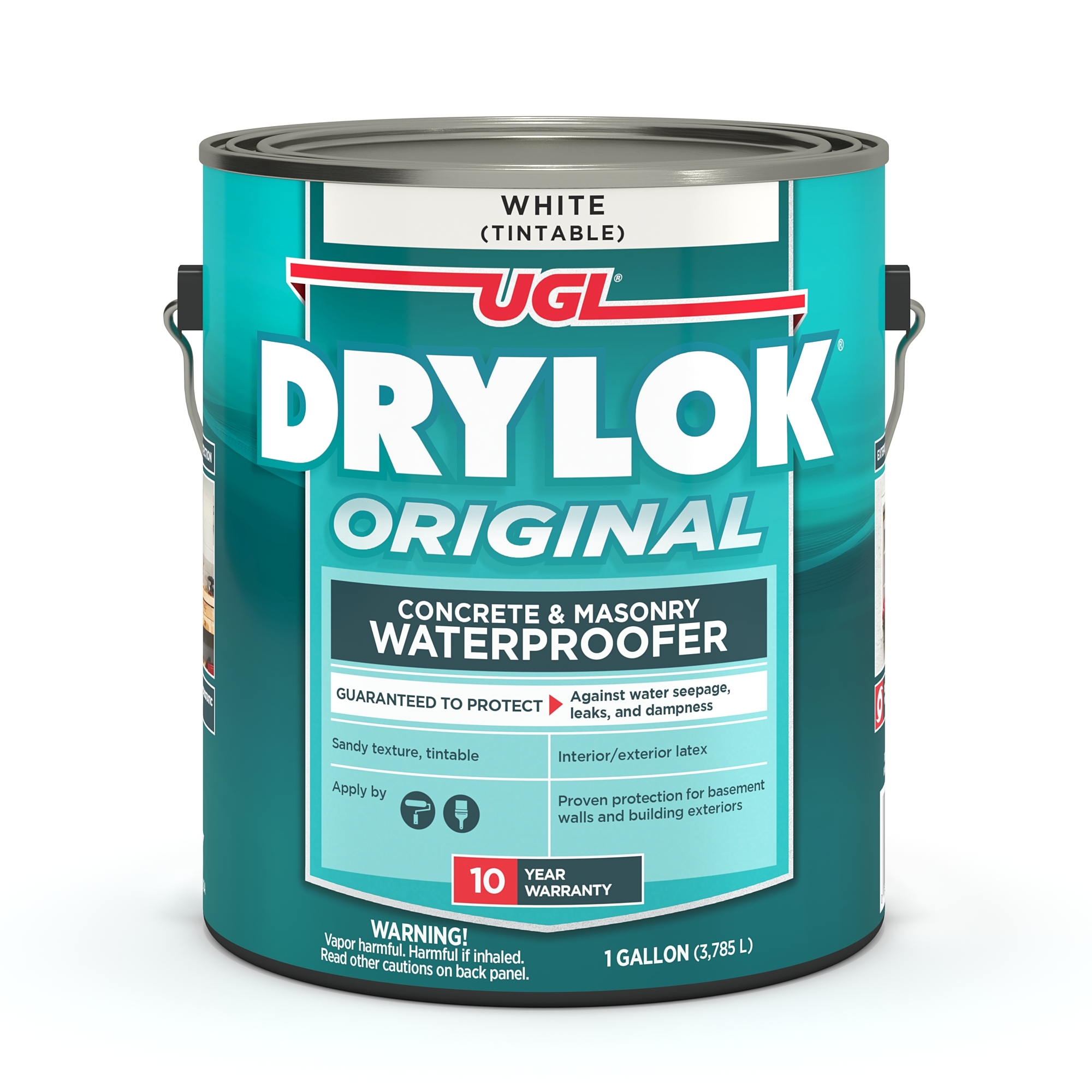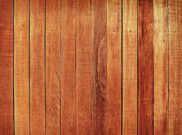Thoroseal vs Drylok: Choosing Perfect Waterproof Coating


Brian Jeffries
Brian Jeffries, a seasoned BPA Advisor. Brian is dedicated to sharing his wealth of knowledge on construction projects and materials. With a focus on architecture and building envelopes, Brian contributes valuable insights that shape the discourse around innovative construction practices and materials.
As a homeowner, you’re going to come across many challenges. This can include trying to decide if you should hire a contractor or go the DIY route instead for your home improvement project. But even after making that decision, you’ll still be hit with a wave of confusion. It can even be challenging when having to choose from Thoroseal vs Drylok.
For starters, they can paint walls and can be used for sealing, however, they’re still two different things. How well can both of these perform? Today, you’ll learn all about which of these two brands is going to be the best for you!
Thoroseal vs. Drylok: Types of Projects
A great way to narrow down which option is best for you concerning Drylok vs. Thoroseal would be by navigating the types of projects each brand can perform. Here are some of the benefits for the two.
Drylok
Drylok has a pretty big reputation since it’s so known for being a basement waterproofing paint.
Thoroseal
The Thoroseal is suitable for a variety of waterproofing applications, such as above and below grade concrete and masonry waterproofing. However, it cannot be applied to painted surfaces, so you may be limited on options for the projects it can do.
Drylok vs. Thoroseal: Advantages & Disadvantages

The advantages and disadvantages of Thoroseal vs Drylok, so let’s dive into what makes each of these so unique!
Drylok
Advantages
- Ideal for DIY'ers
- Can be easily purchased in-store and online
- Widely known brand
Disadvantages
- Easily flakes due to moisture
- Efflorescence must be checked before starting the application
- It cannot be used for floors or ceilings, only for walls
Thoroseal
Advantages
- Better quality
- The coating is cement-based
- Strong resistance to absorbing moisture
Disadvantages
- More costly
- Not often stocked in stores
- Application is messy
Thoroseal vs. Drylok: What are the Main Differences?

While there are some similarities between Thoroseal vs. Drylok, such as pricing, it’s vital to also check the factors that make both of these so different. So let’s take a look at some of the striking differences between the two brands.
Coverage
Thoroseal covers around 105 square feet per gallon, while Drylok is going to provide coverage for about 75-100 square feet per gallon. In this case, Thoroseal is going to be considered far more suitable for larger projects.
Vapor Permeability
The vapor permeability is a major factor that needs to be considered when making a choice. So, what does this mean? The vapor permeability is the capacity of vapor that can get inside the walls after the coating is finished. Having a great vapor permeability means that it’s going to dry faster. Drylok has more excellent vapor permeability than Thoroseals. On average, Drylok takes around ten hours, while Thoroseal is going to take anywhere from 24 to 48 hours. If you’re in a hurry, then Drylok is going to be the better option.
Moisture Absorption
Did you know that moisture issues are related to the ability of wall coatings that can handle water pressure? If your wall is not able to handle moisture, then you can expect dampness. The PSI (pounds per square inch) will need to be taken into account. Thoroseal has a resistance of 200 PSI, while Drylok has only resistance of 15 PSI. So it’s clear that when it comes to Drylok vs. Thoroseal, Thoroseal is going to give you better protection against moisture.
Quality
Thoroseal surpasses Drylok in terms of quality. How so? Well, the coating provided by Thoroseal is firm. Plus, this also allows Thoroseal to be more durable. Drylok is comparatively lighter and less firm. The difference in quality is huge, and this may be the biggest difference between the two brands.
Convenience
In terms of convenience, Drylok is the winner of the Drylok vs. Thoroseal debate. There is no need to worry about mixing trouble with Drylok, while the coating mixture for Thoroseal needs to be prepared with caution. Also, when it comes to Thoroseal, you’ll need to mist the walls, too, something you don’t need to do with Drylok.
FAQs
Drylok requires two coats for a full coating, and each coat is going to take four to five hours to dry. In total, this is going to take nine to ten hours for the full coating to dry.
Drylok can potentially cause mold due to some of the ingredients.
Thoroseal will need two coats, and each coat is going to take anywhere from 12 to 24 hours. In total, you can expect it to take 24 to 48 hours for completion.
Thoroseal vs. Drylok: Which Should You Choose?
In general, when it comes to Thoroseal vs. Drylok, you’ll need to consider all factors. What will be best for your project? Remember, they’re not the same product. While both products are excellent in their own way, it’s also going to heavily depend on what your project is.
Get Smarter About Building Products
Join 50,000+ subscribers and get our 3 min daily newsletter on what matters in the building materials industry.
You might like this


Edgecomb Gray vs Revere Pewter: Greige Color Showdown
When it comes to the battle of Edgecomb Gray vs Revere Pewter, these two popular paint colors from Benjamin Moore offer unique characteristics that make them both highly sought-after choices for interior and exterior applications. In this in-depth analysis, we will explore the subtle differences between Edgecomb Gray and Revere Pewter, as well as their […]


Lifetime Steel Post vs PostMaster Fencing: In-Depth Guide
When it comes to fencing, the choice between Lifetime Steel Post and PostMaster Fencing can be a challenging decision for both DIYers and professional builders. In this blog post, we will dive deep into the features and styles of these two popular fence posts options. Lifetime Steel Post Features and Styles The Lifetime Steel Posts […]


Sunrise Windows vs Andersen: Comparing Quality & Efficiency
When it comes to choosing the right replacement windows for your home or construction project, Sunrise Windows and Andersen are two leading contenders in the market. Both companies offer a variety of window options with distinct features and benefits that cater to different needs and preferences. In this comprehensive comparison between Sunrise Windows vs Andersen, […]